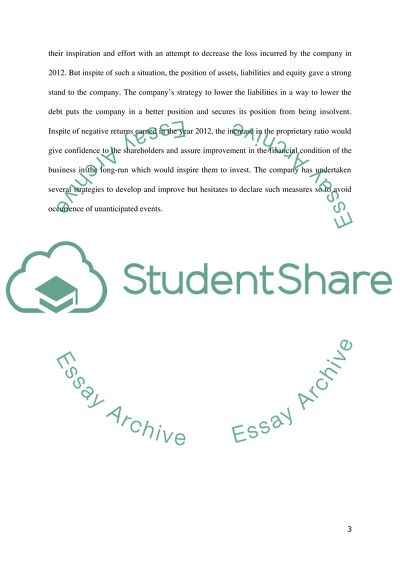Cite this document
(“Calculation report Book /Review Example | Topics and Well Written Essays - 3000 words”, n.d.)
Calculation report Book /Review Example | Topics and Well Written Essays - 3000 words. Retrieved from https://studentshare.org/finance-accounting/1486310-calculation-report
Calculation report Book /Review Example | Topics and Well Written Essays - 3000 words. Retrieved from https://studentshare.org/finance-accounting/1486310-calculation-report
(Calculation Report Book /Review Example | Topics and Well Written Essays - 3000 Words)
Calculation Report Book /Review Example | Topics and Well Written Essays - 3000 Words. https://studentshare.org/finance-accounting/1486310-calculation-report.
Calculation Report Book /Review Example | Topics and Well Written Essays - 3000 Words. https://studentshare.org/finance-accounting/1486310-calculation-report.
“Calculation Report Book /Review Example | Topics and Well Written Essays - 3000 Words”, n.d. https://studentshare.org/finance-accounting/1486310-calculation-report.


